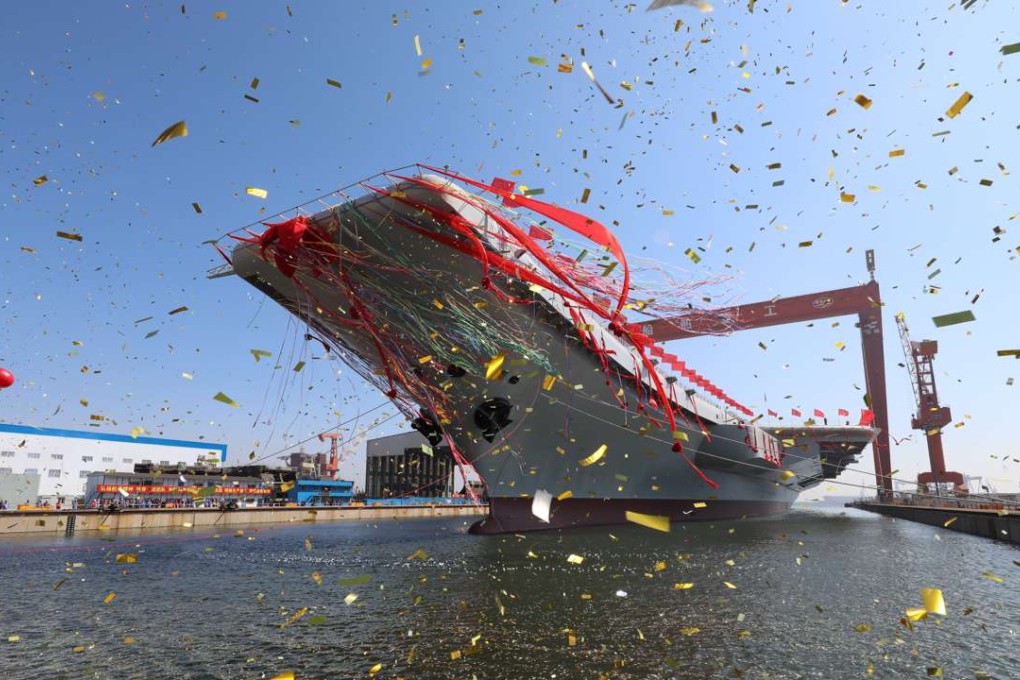China launches first home-built aircraft carrier in latest display of growing naval power
China’s first domestically built aircraft carrier was launched on Wednesday in the latest display of Beijing’s growing naval power.

China’s first domestically built aircraft carrier was launched on Wednesday in the latest display of Beijing’s growing naval power.
The carrier was released into open water from a shipyard in the port of Dalian, northeastern Liaoning province, on Wednesday morning as a bottle of champagne was smashed for good luck and the national anthem played in the background.
The launch came three days after the 68th anniversary of the People’s Liberation Army Navy on Sunday, and against the backdrop of a rising China seeking to project its influence over the regional maritime security pattern.
The announcement of the launch on China’s official media sparked patriotic discussion in China’s online community.
“It’s a symbol of China’s technological power, industrial capability and overall strength,” an internet user wrote on Weibo, the country’s version of Twitter.